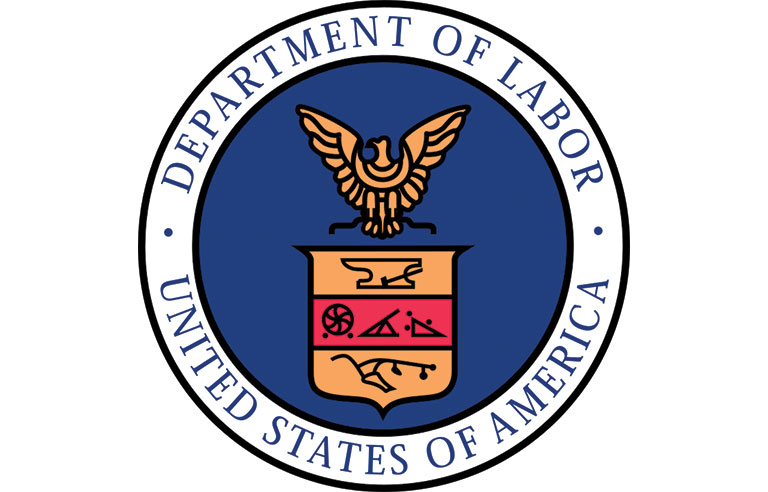
Washington — Responding to the “significant increase” in worker and whistleblower complaints complaints during the COVID-19 pandemic, along with completing inspections and investigations – all in a timely manner – are among the challenges facing OSHA and the Mine Safety and Health Administration.
In a three-page report published June 17, the Department of Labor Office of the Inspector General asserts that OSHA has “limited resources” to provide clear and relevant coronavirus-related guidance, as well as protect workers who report safety concerns.
For essential workers who are at high risk of exposure – including those in health care, meat processing, agriculture and manufacturing – the nature of work and inherent barriers to physical distancing make it “particularly difficult” to provide protection. “Further, unless proper precautions are taken, avoidable COVID-19 infections and deaths may occur as more people return to work,” the report adds. “OSHA is challenged in fulfilling its mission due to resource constraints and the urgency of actions required.”
Meanwhile, MSHA is challenged by agency and state travel restrictions, hindering its ability to complete inspections and investigations in a timely manner, DOL OIG contends. It notes that MSHA is focusing its efforts on the four “highest-risk” mandatory annual inspections of underground mines and the two mandatory annual inspections of surface mines.
“Both mandatory and discretionary inspections to address specific mine safety concerns are at risk of not being conducted due to COVID-19,” the report states.
DOL OIG adds that miners with preexisting health conditions, such as respiratory disease, “are especially vulnerable” to COVID-19.
The report is part of a collection of reports from OIGs overseeing agencies involved in the pandemic response released by the Pandemic Response Accountability Committee, which was established by the Coronavirus Aid, Relief, and Economic Security Act.


